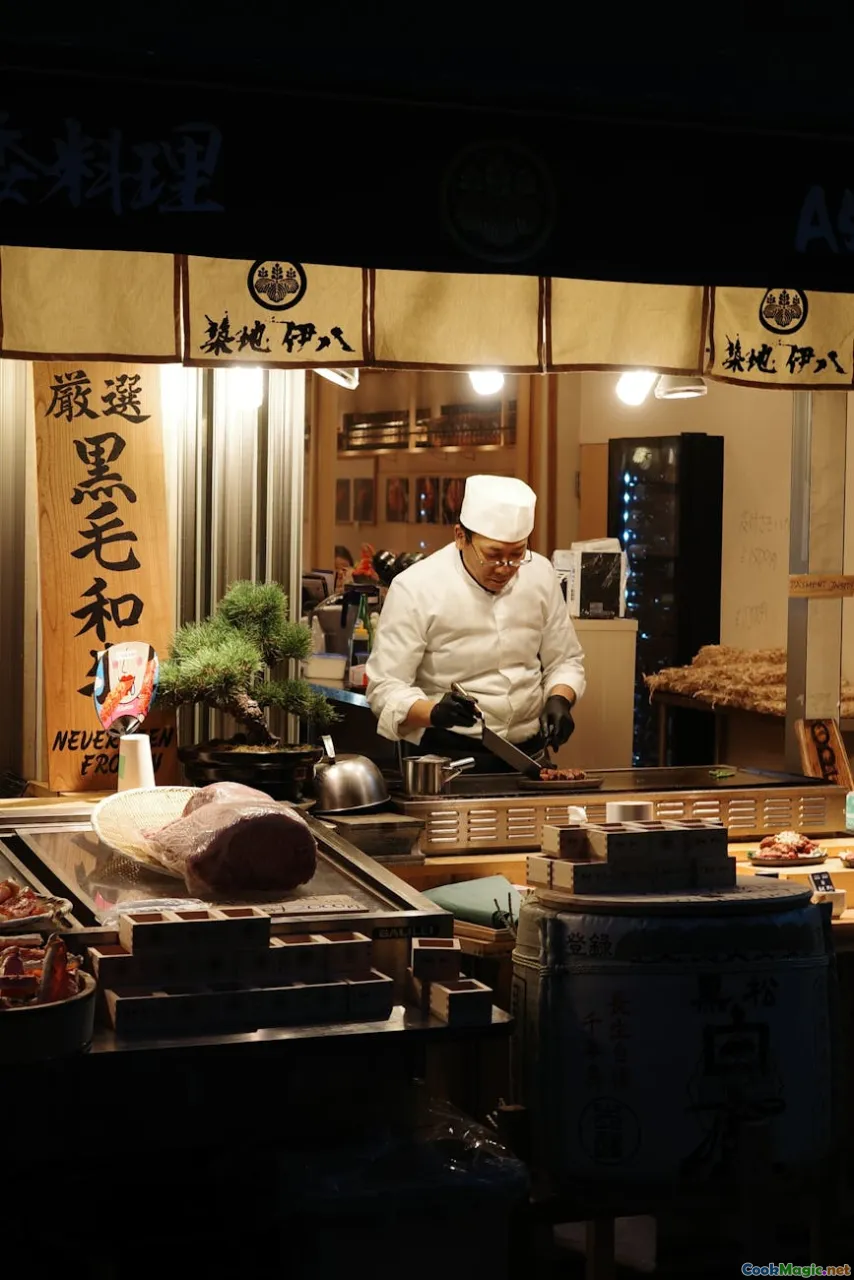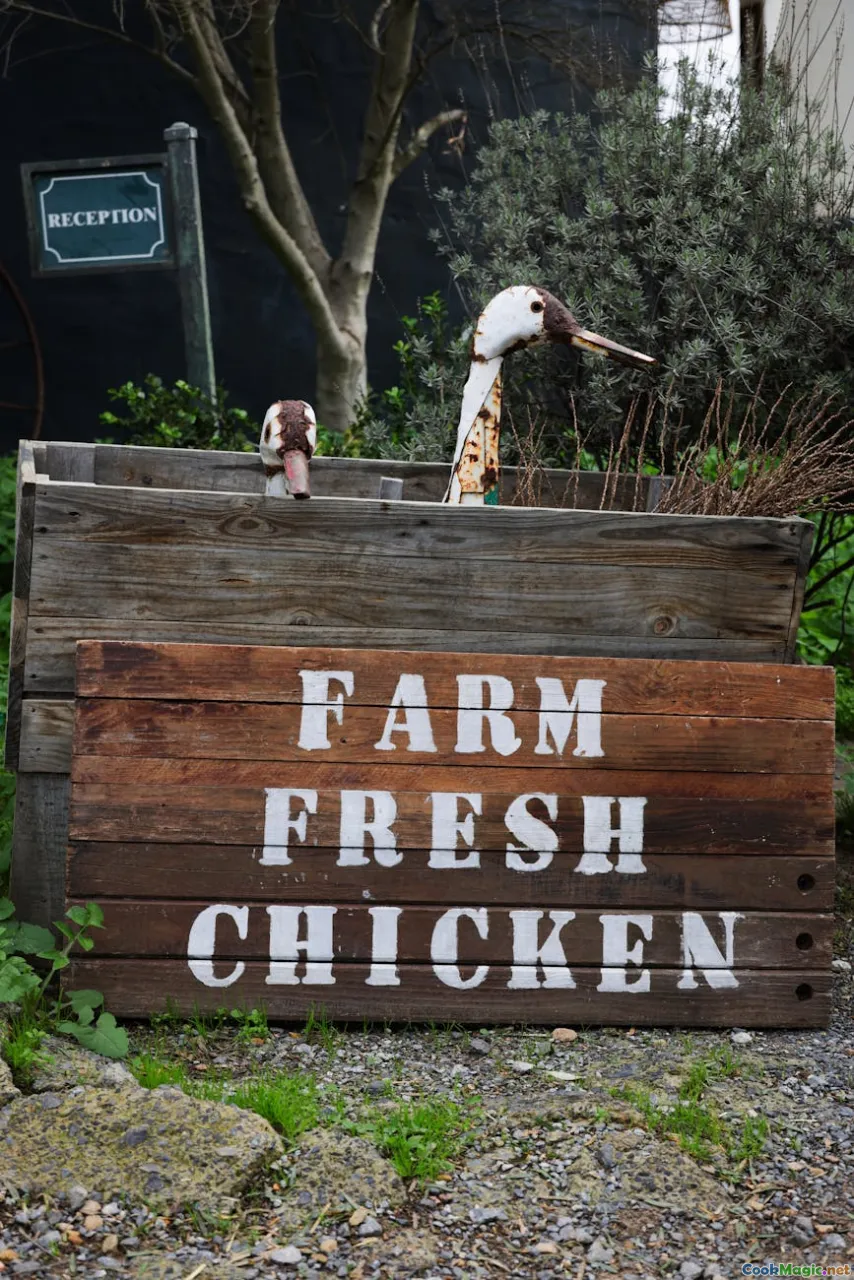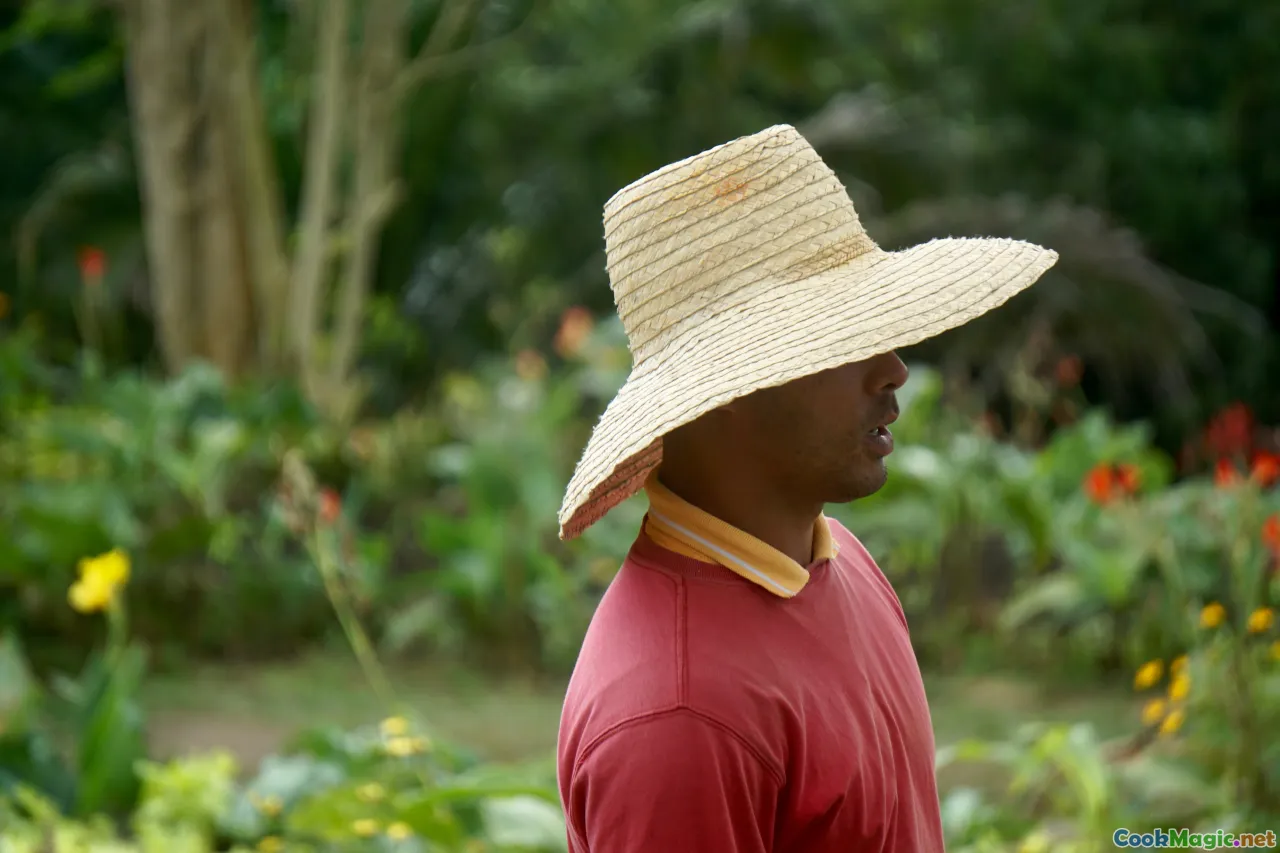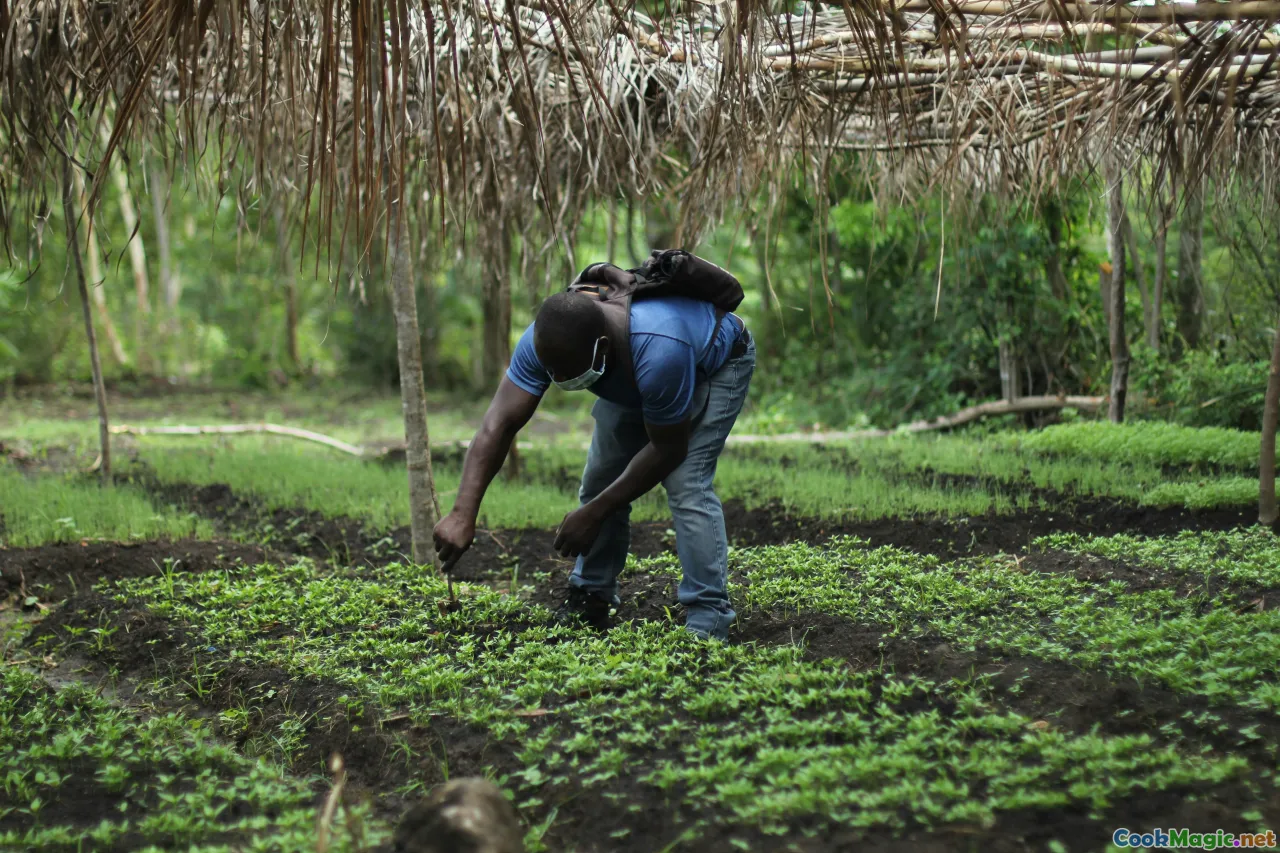Sustainable Farming Practices for Key Haitian Ingredients
9 min read Exploring eco-friendly methods to cultivate essential Haitian ingredients, ensuring flavor, preservation, and environmental health. June 20, 2025 09:05
The Heartbeat of Haitian Cuisine: Embracing Sustainability in Key Ingredients
From the bustling markets of Port-au-Prince to the lush hillsides of Jacmel, Haitian cuisine is a vivid tapestry woven with flavors, colors, and a deep-seated connection to the land. Central to this culinary identity are ingredients like plantains, cassava, beans, and local herbs—staples that have sustained communities for generations. But as Haiti faces environmental challenges such as deforestation, soil erosion, and climate change, fostering sustainable farming practices becomes not just an ecological concern but a cultural imperative.
In this article, we delve into the vibrant world of Haitian ingredients, exploring how sustainable agriculture both preserves traditional flavors and ensures the future of Haitian cuisine. We’ll share inspiring stories, practical approaches, and captivating insights to inspire chefs, farmers, and food enthusiasts alike.
The Cultural Roots of Haitian Ingredients and Their Environmental Challenges

Haitian ingredients are more than just flavors—they are expressions of history, resilience, and identity. For example, plantains, known locally as "bannann pezi," feature prominently in beloved dishes like "banan peze" (fried plantains) and "marinad" (plantain-based broth). Similarly, cassava roots underpin traditional staples such as "marinad" and "bread" akin to the colonial-era "bannann douze," linking modern plates with ancestral roots.
However, centuries of deforestation—driven by farming, logging, and charcoal production—have drastically reduced Haiti's forest cover from around 60% in the 1920s to less than 2% now. This loss has precipitated soil erosion, decreased land fertility, and increased vulnerability to hurricanes. These environmental issues threaten the very basis of Haiti’s rich agricultural traditions.
Understanding this context highlights the urgent need to adopt sustainable practices that honor cultural heritage while protecting the land.
Sustainable Farming Practices: How to Cultivate with Care

1. Promoting Agroforestry Systems
Incorporating trees into farming landscapes—known as agroforestry—serves multiple benefits. Shade from fruit trees like mango and avocados helps regulate soil temperature and retain moisture, reducing erosion. The roots stabilize the soil, and farmers simultaneously harvest additional produce.
In the Kabic region near Cap-Haïtien, local cooperatives have successfully integrated cacao and coffee trees among traditional root crops, creating diversified, resilient farms that provide income and preserve biodiversity.
2. Emphasizing Organic and Low-Input Techniques
Haitian farmers often rely on natural fertilization methods—composting organic waste, using manure, and crop rotation—to enrich the soil. Organic practices diminish dependence on chemical fertilizers, which degrade soil health and contaminate water sources.
An inspiring example is the Jacmel-based farm "Les Jardins du Soleil," which transitioned to organic agriculture, producing vibrant tomatoes, peppers, and herbs, all while restoring the land’s vitality.
3. Conserving Water and Using Climate-Resilient Crops
Efficient water use through drip irrigation and rainwater harvesting is vital, especially during Haiti’s dry seasons. Climate-adapted crops like sweet potatoes and taro not only withstand harsher conditions but also provide nutritional sustenance.
4. Supporting Community Seed Banks
Traditional Haitian varieties of beans, peas, and root crops often face genetic erosion. Community seed banks preserve local biodiversity, provide farmers with resilient seeds, and encourage seed saving practices.
Traditional Itinerant Farming and Modern Sustainable Models

Historically, Haitian farmers practiced a form of itinerant or shifting cultivation—moving fields periodically to allow the land to regenerate naturally. While this system has its limitations, it underscores the importance of respecting nature’s cycles.
Today, blending traditional knowledge with scientific sustainable methods holds promise. For example, integrating cover cropping—planting legumes among cash crops—can enhance soil fertility and prevent weed growth, mirroring indigenous practices.
Many cooperatives now promote orging through workshops that combine ancestral techniques with modern organic agriculture, creating models adaptable to Haitian land and climate.
Specific Haitian Ingredients and Sustainable Paths Forward
1. Plantains (Bannann Pezi)
Plantains are a dietary cornerstone, but monoculture and overharvesting can deplete local resources. Sustainable plantations adopt integrated pest management, use organic fertilizers, and rotate harvesting schedules to ensure long-term productivity.
2. Cassava and Yams
These root crops are hardy, drought-tolerant, and require minimal inputs. Organic pest control and soil conservation techniques safeguard their vitality. Some farmers are experimenting with intercropping cassava with legumes to boost soil health.
3. Beans and Legumes
Beans such as black beans and red beans are important sources of protein. Conservation seed banking and organic practices help maintain their genetic diversity and productivity.
4. Local Herbs and Spices
Haitian herbs like lemongrass, thyme, and saffron are cultivated with minimal chemicals. Community gardens that practice organic monogastric composting encourage biodiversity and flavor-rich harvests.
Community-Driven Initiatives and Policy Support

Several local organizations and NGOs have stepped forward to bolster sustainable farming. The "Fondasyon Konesans Ak Sante" (Foundation for Knowledge and Health) promotes education on organic farming methods, seed saving, and ecological land management.
In 2022, the Haitian Ministry of Agriculture launched incentives for small-scale farmers to switch to sustainable practices, including micro-loans, technical training, and market access.
Furthermore, consumer awareness campaigns encourage Haitians to support local, sustainably farmed ingredients—creating market demand that rewards environmentally friendly practices.
Recipes That Honor Sustainability and Tradition
Bringing these efforts into the kitchen, consider dishes such as:
- Plantain and Bean Stew: Using locally sourced plantains and beans from sustainable farms, slow-cooked with fresh herbs and coconut milk—rich, comforting, and eco-conscious.
- Cassava Frites with Spicy Marinad: Crunchy, golden cassava fries paired with fermented spicy marinad—celebrating traditional flavors with responsible sourcing.
- Herbal-infused Rice and Vegetables: Harvested from community gardens, flavored with fresh thyme, lemongrass, and macerated peppers.
Each dish is a testament to Haitian resilience—an edible celebration of sustainable practices.
Embracing the Future with Cultural Respect and Ecological Care
The story of Haitian ingredients is a vivid chapter in the larger narrative of resilience, adaptation, and cultural pride. By integrating sustainable farming practices grounded in traditional wisdom, Haiti can protect its landscapes, nourish its people, and preserve the flavors that define its culinary soul.
As chefs, food lovers, or farmers, supporting these practices means actively participating in a future where flavor and sustainability go hand-in-hand—delighting palates while nurturing the land that sustains us all.
In every bite of Haitian cuisine lies the story of a land fighting to heal and flourish again. Let’s savor that story and contribute to its ongoing chapter.









